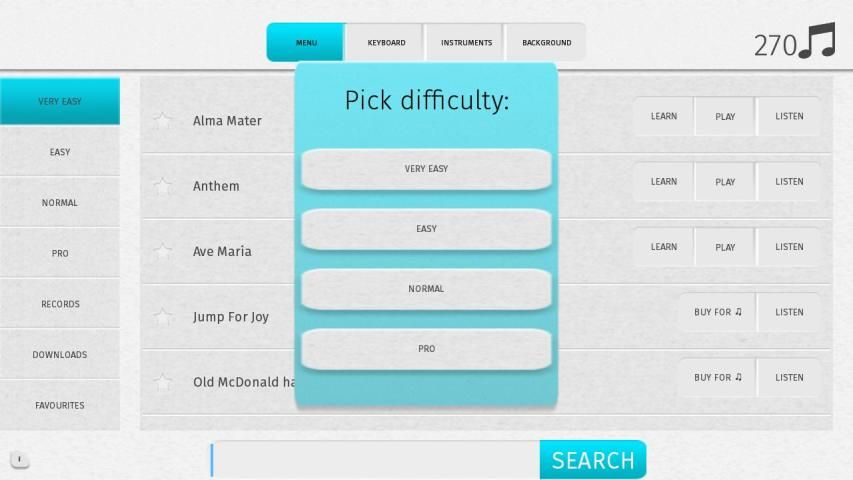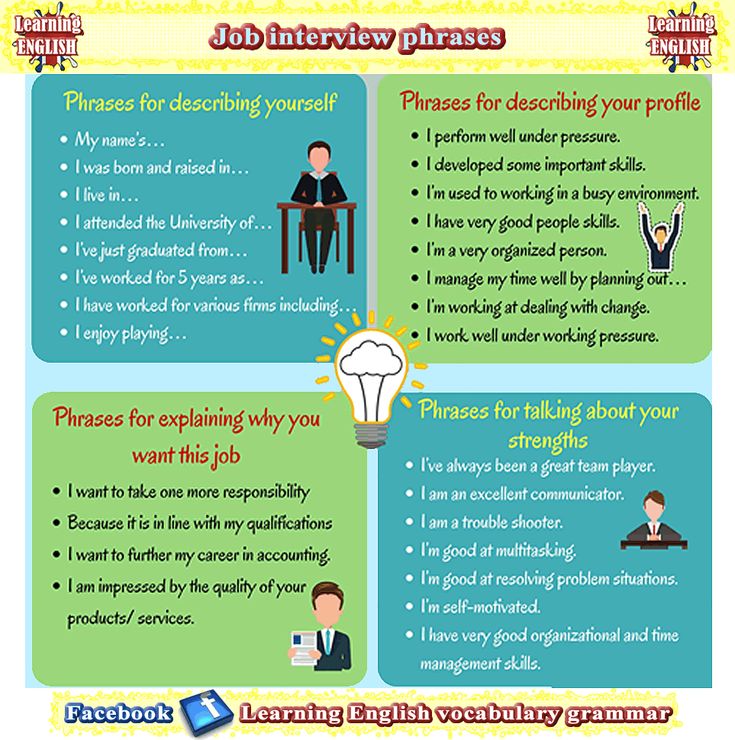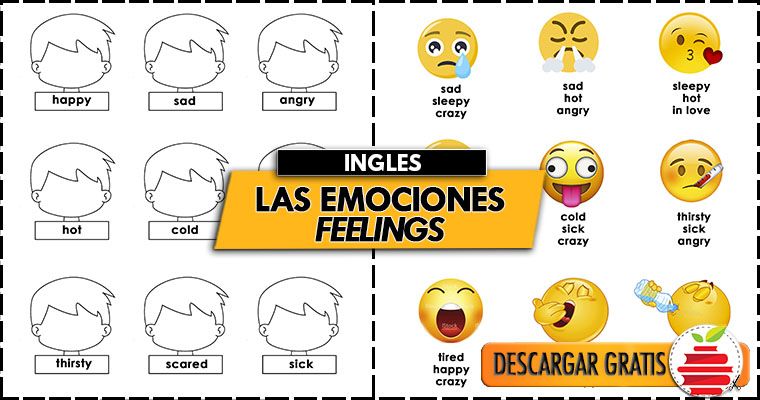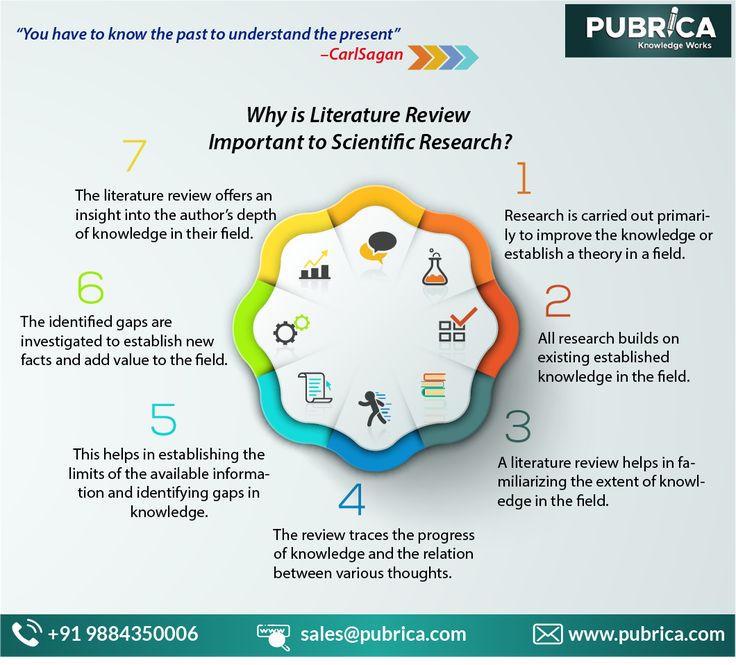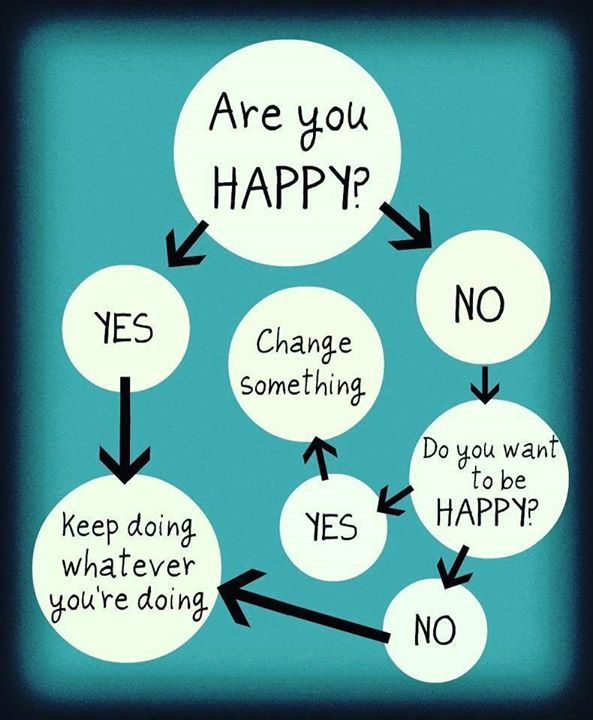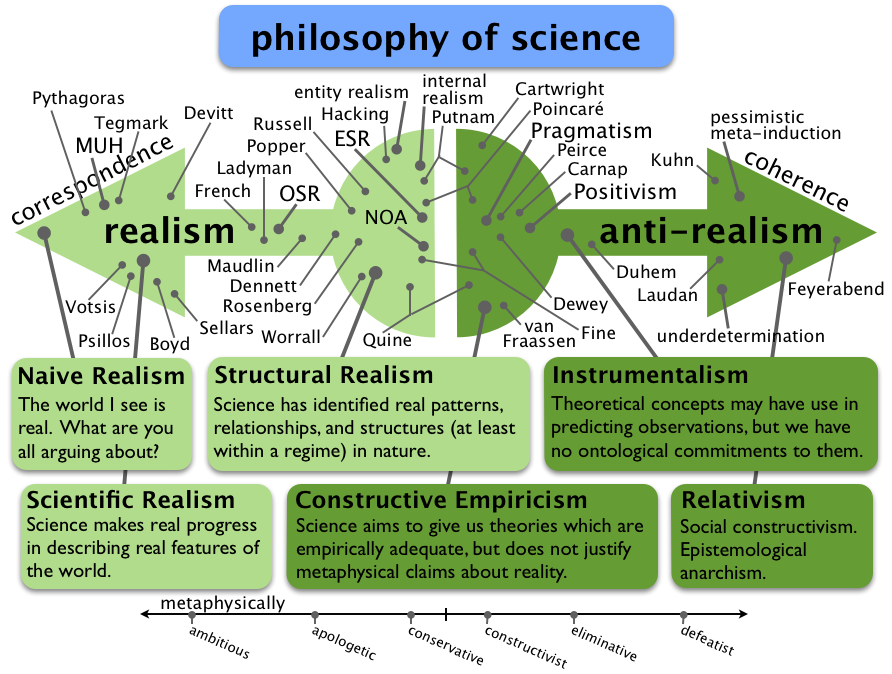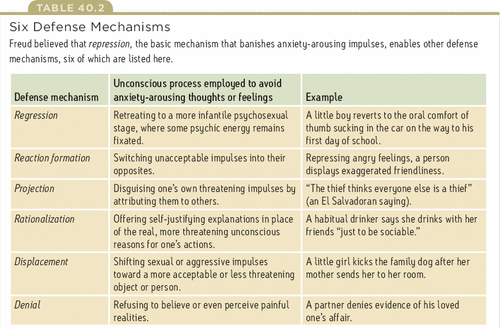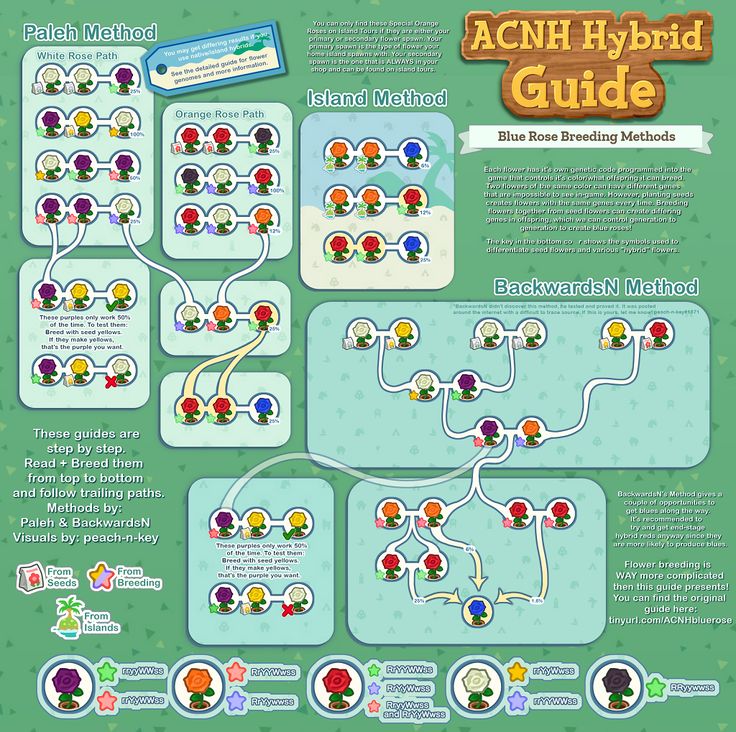Pick a mate
A Step-by-Step Guide To Picking Your Best Mate
In my practice I work with many single people seeking a life partner. Based on research, my own experience and other methods, I developed a three month program to help individuals find a mate. Here are some of the secrets and steps I’ve used with success from that process.
Step 1. Know yourself
The first question I ask clients seeking a partner is, “who are you?” Then, I listen. People that have a confident and clear response to that question seem to do better when picking mates. When someone can tell me about themselves without hesitation and in detail, I can tell they know themselves well, which is a big part of choosing the right partner. The best answers are specific and unique to them as a person rather than general, such as mentioning qualities that apply to many people (i.e. I like to smile). If they look me in the eyes while describing themselves, even better. And the cherry on top is if they describe both positive and negative qualities, strengths and weaknesses.
That shows they are ready to share life with another person without over-burdening them.
Step 2. Do you give what you seek?
We often dream of the kind of person that would come into our life and have all these great qualities. But would that person be happy with what we bring to relationship, and our personal qualities? We need to be mindful of what we offer as partners. This is important because if you manage to snag someone while hiding your negative traits, or if it’s not a good match because they give or offer more than you do, they won’t be happy with you in a few years and that’s not good for you. The best partnerships happen when both partners know exactly what they’re in for up front, and it’s a good deal for everyone. To make sure the relationship is balanced and fits, you need to show up and be the kind of person that gives what you want from someone else.
Step 3. Get rid of limiting beliefs
This is an important step. We all say we want relationship, but we often have hidden thoughts than get in the way. For example, my clients often have hidden beliefs that say, “there’s no good ones left in my age range;” “I’m not good enough for anyone;” “I’ll never meet the right person;” “dating is too hard,” etc. These beliefs limit our power of intention and the confidence that attracts others. What if you believe, “I am awesome;” “There are so many great people out there for me;” “Everyone would want to date me.” Then you carry yourself in manner that is attractive to others and finding relationship becomes more likely. The power of belief and intention is huge. Counseling can really help in this regard, because most of us need support removing limiting beliefs from our minds.
For example, my clients often have hidden beliefs that say, “there’s no good ones left in my age range;” “I’m not good enough for anyone;” “I’ll never meet the right person;” “dating is too hard,” etc. These beliefs limit our power of intention and the confidence that attracts others. What if you believe, “I am awesome;” “There are so many great people out there for me;” “Everyone would want to date me.” Then you carry yourself in manner that is attractive to others and finding relationship becomes more likely. The power of belief and intention is huge. Counseling can really help in this regard, because most of us need support removing limiting beliefs from our minds.
⌄ Scroll down to continue reading article ⌄
⌄ Scroll down to continue reading article ⌄
Step 4. Are you ready?
Again, we all say we’re ready for relationship when we’re seeking a partner, but are we? A closer look is worth taking.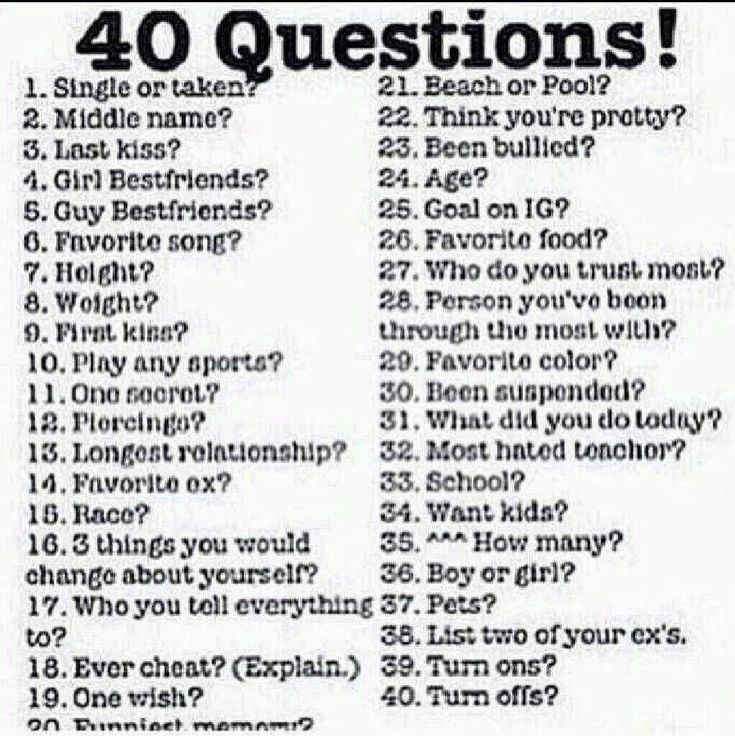 Are you ready to wake up next to someone else every day? To plan your life together with someone else who has equal say? To share your space with someone who has different cleanliness habits? To worry about infidelity, attraction to others, and the natural draw to question our relationships? Are you ready to take care of someone if they get sick? To help support someone else if they lose their job? Relationship is a commitment that expands us and also requires some sacrifice. Are you ready to sacrifice some of your personal freedom?
Are you ready to wake up next to someone else every day? To plan your life together with someone else who has equal say? To share your space with someone who has different cleanliness habits? To worry about infidelity, attraction to others, and the natural draw to question our relationships? Are you ready to take care of someone if they get sick? To help support someone else if they lose their job? Relationship is a commitment that expands us and also requires some sacrifice. Are you ready to sacrifice some of your personal freedom?
Step 5. Don’t believe the hype
Society influences our idea of who a good partner is through movies, advertising, social messages, popularity, coolness, who our cultural heroes are, etc. Based on that we sometimes form an idea of the kind of person we want. “I want the guy with the striped shirt and the Sebago shoes that only cares a little about his appearance but looks great, is sensitive yet manly, knows how to take charge but also follow, will cry with me and protect me from dangerous people, likes to travel, has a touch of gray in his hair and knows the wine list. ” These ideal images of people are not helpful when choosing a mate. What we really want to know is, who is right for me? Not who is right for mass media, for the silver screen, or for underwear advertisements. We make good choices when we allow ourselves to determine who would be a fit for us based on our qualities, not who fits the social ideal best.
” These ideal images of people are not helpful when choosing a mate. What we really want to know is, who is right for me? Not who is right for mass media, for the silver screen, or for underwear advertisements. We make good choices when we allow ourselves to determine who would be a fit for us based on our qualities, not who fits the social ideal best.
Step 6. Make a list
The first list should be the 10 qualities that describe you best. Make sure to include a few negative traits among the positives. I am always interested in what people leave out. For example, some people don’t mention that they are highly intelligent even though it is obvious from all measures that they are. Some people don’t mention that they are highly anxious even though they’ve been struggling with anxiety for years. You should be able to describe yourself accurately. Modesty or lopsided descriptions are not helpful in this exercise.
Step 7. Make another list
The next list will be, based on your own qualities, what qualities will your partner have? Again, ditch the ideals. Imagine your day off. You wake up in your pajamas. What do you want to do? Who would want to do it with you? What would they be like? Are they introverted, extroverted? Do they like to eat in, dine out? Do they like the loud shows you go to, or do they prefer a quiet night of board games at home? How educated are they? How much money can they spend? Which do they prioritize more, family and relationships or their career? Write up the list of qualities that fit you in a partner. Then shave it down to only 10 qualities (I know, it’s hard). Separate the list into 3 parts: must haves, strong preferences and negotiables.
Imagine your day off. You wake up in your pajamas. What do you want to do? Who would want to do it with you? What would they be like? Are they introverted, extroverted? Do they like to eat in, dine out? Do they like the loud shows you go to, or do they prefer a quiet night of board games at home? How educated are they? How much money can they spend? Which do they prioritize more, family and relationships or their career? Write up the list of qualities that fit you in a partner. Then shave it down to only 10 qualities (I know, it’s hard). Separate the list into 3 parts: must haves, strong preferences and negotiables.
⌄ Scroll down to continue reading article ⌄
⌄ Scroll down to continue reading article ⌄
Step 8. Advertise yourself
OK, here’s where the rubber meets the road. You’ve made these lists, you’ve thought about who you are, what you want, and if you’re ready to have a partner. Now it’s time to execute. Here’s where many of my clients start to waver. Everything is fine in theory, but actually making relationship happen? That’s scary! This is often the point where we discover a few more limiting beliefs or habits. For example, we may go to the bar to meet someone, but then act cool and aloof as if we don’t need anyone. A great test of how ready you are to help make relationship happen in your life is your willingness to advertise yourself. Are you ashamed to ask friends to headhunt for you?
Now it’s time to execute. Here’s where many of my clients start to waver. Everything is fine in theory, but actually making relationship happen? That’s scary! This is often the point where we discover a few more limiting beliefs or habits. For example, we may go to the bar to meet someone, but then act cool and aloof as if we don’t need anyone. A great test of how ready you are to help make relationship happen in your life is your willingness to advertise yourself. Are you ashamed to ask friends to headhunt for you?
Do you typically not mention that you are single and looking at social events or networking functions? If you are willing to advertise your singleness, then relationship is around the corner. I think a good litmus test is if you’re willing to hire one of those planes with a banner to fly your phone number over the city. If you are, that’s good. Now talk to everyone you meet. Remember the problem is not you, there’s someone for everyone. The problem is that person does not know who you are. Make it easy for them to find you.
Make it easy for them to find you.
Step 9. Identify organizations
Organizations such as clubs, charities and sports leagues, and institutions such as universities and museums filter their social circle around a certain demographic. Take a look at the list of qualities you are seeking in a partner. Now ask yourself, “What does this person do? Who do they hang out with? What hobbies do they have? Are they active socially? What organizations do they join? Do they go to the dog park on Saturday mornings or to the library on Sunday afternoons? Identify two or three organizations that match your partner demographic and get involved. If they don’t work out, replace those organizations with others. I guarantee that if you stay involved with two or three organizations at any one time that match your demographic, you will dramatically increase the odds of meeting someone who is a good fit.
Step 10. Now it’s a numbers game
I believe in soul mates. I also believe many people can be a soul mate. Dating is, on some level, a numbers game. You have to meet enough variety of people that match your criteria on a regular basis to be able to filter down to the ones that fit you the best. You don’t want to be caught only meeting one or two people and then thinking you have to settle because no one else has showed up. That’s trouble. Open the floodgates. You want everyone in your city that fits your demographic to know who you are and how to contact you. Don’t be shy. If you meet 10 people a week that meet your target qualities, that’s good. You can do that easily by attending just two events every weekend. Getting involved with organizations that pre-filter folks for you based on interest does not require much money either. You can volunteer for organizations and charities, or offer your skills pro-bono to help an institute and possibly waive the membership fees.
Dating is, on some level, a numbers game. You have to meet enough variety of people that match your criteria on a regular basis to be able to filter down to the ones that fit you the best. You don’t want to be caught only meeting one or two people and then thinking you have to settle because no one else has showed up. That’s trouble. Open the floodgates. You want everyone in your city that fits your demographic to know who you are and how to contact you. Don’t be shy. If you meet 10 people a week that meet your target qualities, that’s good. You can do that easily by attending just two events every weekend. Getting involved with organizations that pre-filter folks for you based on interest does not require much money either. You can volunteer for organizations and charities, or offer your skills pro-bono to help an institute and possibly waive the membership fees.
⌄ Scroll down to continue reading article ⌄
⌄ Scroll down to continue reading article ⌄
Step 11.
 Stay connected to your cheerleaders and support
Stay connected to your cheerleaders and supportOK, I’m biased. I do this for a living. But I honestly believe that at this stage in the dating game, it’s the wrong time to let go of your support structure. Dating is hard. There are many thoughts and feelings to process, and many questions to be asked as we go through finding a mate. If you’ve been working with a therapist or life coach that has helped you, stick with it. If you have very supportive friends that keep you on the wagon, have coffee once a week with them and ask for their support to help keep you going. We can lose hope at this point because it takes a fair amount of focus, energy and work to keep the train moving. You need people around you helping you to marshal your energy and remind you of the upcoming payoff.
Step 12. Get good at saying no
If you’re following these steps correctly, you are now attracting alot of attention from potential partners. A very important part of choosing your best mate is quickly dispatching the ones that don’t fit well.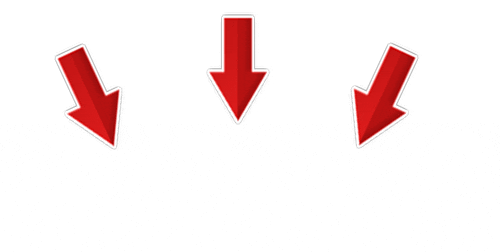 Don’t be polite (OK be polite, but don’t dilly-dally). We have work to do, and time is of the essence. When you’re drawing in 10 or so people a week, you have to say no to more than half of them before the first date, and a few more after the first date. Practice your boundaries; get good at saying no. Don’t waste your time with so-so matches. Save your energy for better filtering and targeting.
Don’t be polite (OK be polite, but don’t dilly-dally). We have work to do, and time is of the essence. When you’re drawing in 10 or so people a week, you have to say no to more than half of them before the first date, and a few more after the first date. Practice your boundaries; get good at saying no. Don’t waste your time with so-so matches. Save your energy for better filtering and targeting.
Step 13. Be honest
No use going on dates if you’re not being yourself, because you’re just going to throw off your date’s radar, and your own. Try to be especially yourself on dates. That way you’ll know sooner if it’s a good match or not and so will your date. Reverse filtering is a great way to ensure a good match. Reverse filtering is being yourself so your date can make an assessment of whether its a good fit. For some reason in our culture we have this idea that we should try and impress while simultaneously deciding if
we like the person we’re with. Too much work. Let them do some of it for you by you just being truly you and harnessing some of their radar power for your joint benefit.
Too much work. Let them do some of it for you by you just being truly you and harnessing some of their radar power for your joint benefit.
Step 14. The elevator pitch
Honestly, if you’ve made it this far, you may already be dating several people or will be in a relationship very soon. Remember, everyone wants love, and there are a lot of single people in the world. This step is like the black belt of dating. Distill what it is you offer someone else to just a few primary qualities. You need to be able to answer the question confidently: “Why would anyone want you?”
⌄ Scroll down to continue reading article ⌄
⌄ Scroll down to continue reading article ⌄
Develop your elevator pitch. An elevator pitch is a short, refined expression of why someone should be in relationship with you and what they would be in for. For example, “I am really funny, but sometimes annoying. I watch long TV shows and get really into them and cry at the sad parts. In me you get someone with a positive, happy spirit, a bank account that somehow makes it month to month, and someone who will kick your butt at Warcraft. I am very loyal, and can be jealous. I get anxious in crowds, but I’m brilliant at a private romantic dinner.” You get the idea. It should be personal, unique, honest but compelling. You have to sell yourself, but accurately. What are your best selling points? Tell people up front, but also tell them the downside (i.e. I’m really good in bed, but I don’t clean up my clothes, like, ever).
In me you get someone with a positive, happy spirit, a bank account that somehow makes it month to month, and someone who will kick your butt at Warcraft. I am very loyal, and can be jealous. I get anxious in crowds, but I’m brilliant at a private romantic dinner.” You get the idea. It should be personal, unique, honest but compelling. You have to sell yourself, but accurately. What are your best selling points? Tell people up front, but also tell them the downside (i.e. I’m really good in bed, but I don’t clean up my clothes, like, ever).
Step 15. Ninja
We’re beyond black belt here. Ninja is when you have developed the confidence to approach people you don’t know, for example, at the library, or the grocery store. Why is this helpful? Because the visual centers (in your brain) and the unconscious information you pick up from people’s faces and bodies is a pretty decent part of your radar for finding a good match. So don’t neglect those opportunities where you see someone you really like. But how to approach them?
But how to approach them?
This takes practice, especially if you’re not smooth, like most of us. A good rule of thumb is to be laid back, considerate (not pushy!) and honest. Something like, “Hi! I saw you from across the table and you seem like a really interesting person, what are you reading?” Or, “Hi, this may sound a little weird, but I promised myself I would introduce myself to three new people today. My name’s Eddie and I like chocolate labs, how about you?” Just as we make quick visual assessments, so do people we introduce ourselves to. If you come across as genuine and humble, it gives others’ space to pay attention to their own radar and perhaps notice that they like you as well. Practice makes perfect.
Step 16. Conversion
If you’re in sales, you know conversion is the point at which a prospective customer becomes a buyer. Now that you are an expert at creating relationship opportunities in your life, you need to be an expert at relationship in order to take a few successful dates and turn them into a loving, life-long partnership (if that’s what you want).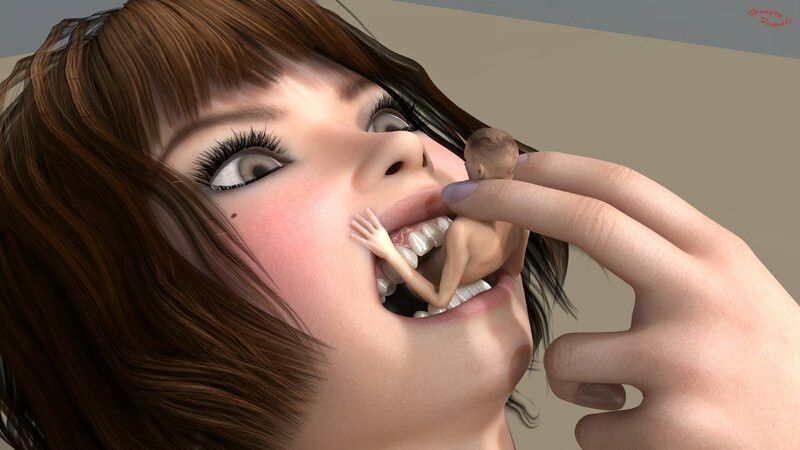 Don’t ditch your support network just yet! Getting into relationship is a critical time. Often in the first 6 months is when both partners feel they need to make a decision on whether this is the right person for them. This phase of dating takes us into another area of skill, that of being in relationship. This ‘conversion’ phase is a necessary part of taking your dating mojo and turning it all into your original goal for all this work.
Don’t ditch your support network just yet! Getting into relationship is a critical time. Often in the first 6 months is when both partners feel they need to make a decision on whether this is the right person for them. This phase of dating takes us into another area of skill, that of being in relationship. This ‘conversion’ phase is a necessary part of taking your dating mojo and turning it all into your original goal for all this work.
⌄ Scroll down to continue reading article ⌄
⌄ Scroll down to continue reading article ⌄
It was worth it
Choosing well is half the battle in relationship. The other half is developing critical skills to make it work. Knowing yourself is a key part of choosing the right fit for you, and being yourself helps ensure whoever picks you does it for the right reasons. With these steps, from the theoretical to the practical, you have a solid map for how to make relationship happen in your life and find the right partner.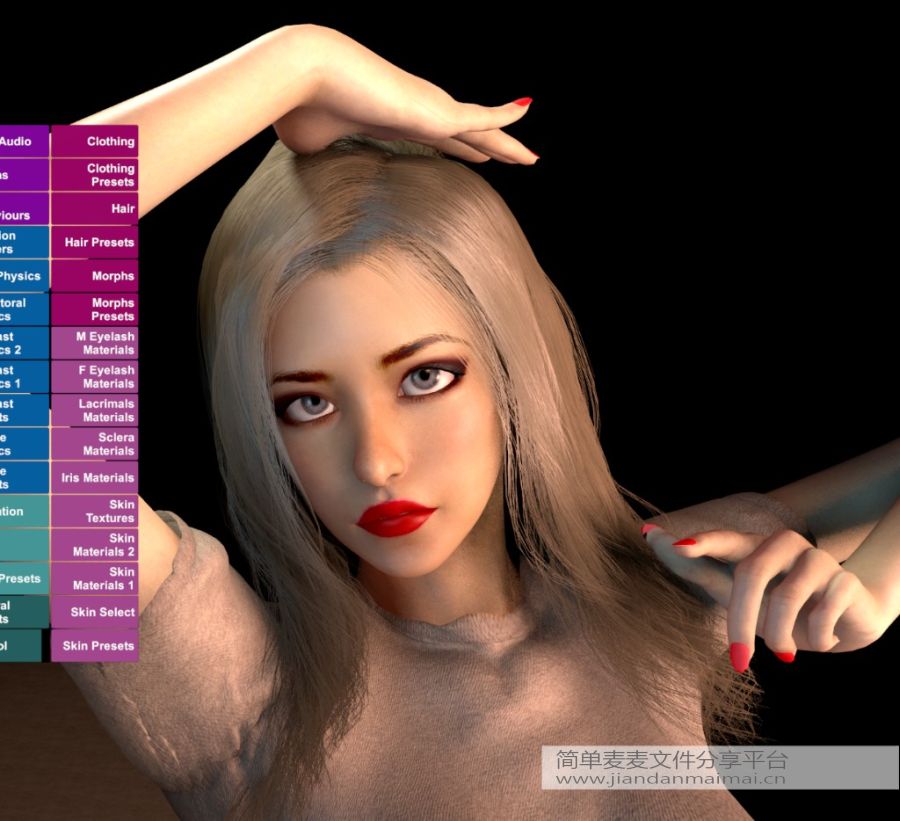 Working with a professional, whether that’s with a counselor/therapist or coach can make a really big difference in helping you work through these steps to be successful. As social beings we are wired for relationship, so it’s all worth it in the end. Go out and make it happen, and enjoy!
Working with a professional, whether that’s with a counselor/therapist or coach can make a really big difference in helping you work through these steps to be successful. As social beings we are wired for relationship, so it’s all worth it in the end. Go out and make it happen, and enjoy!
Featured photo credit: 123RF via 123rf.com
Why We Choose the Mates We Do and How to Choose The Best Mate for You
Our choice of a long-term romantic partner or mate is one of the most important decisions we make in our lifetimes. Yet sometimes it seems a mystery why we choose who we do.
People who on paper should give us everything we want may leave us feeling flat. Yet someone who seems wildly inappropriate or unlike anyone we think we would want may spark intense fireworks.
One prominent view of mate selection, based in evolutionary psychology, is that we are genetically wired to choose partners who will give us the best opportunity to propagate and pass on our genes.
In this view, males tend to seek women who show signs of good fertility, to maximize the chances of healthy offspring.Thus men instinctively look for women who display youth and physical attractiveness.
One sign of this is a much-researched preference of men in Western cultures to prefer women with a waist-hip ratio as close as possible to .7 that is, a waist size 70 percent the size of hips. This hourglass figure ratio can be present on a woman of any size and can be a measure of fertility and health.
Females, evolutionary psychology posits, seek mates who can provide resources to maximize the chances that children will grow up with the most advantages. Thus women instinctively seek menwho display intelligence, competence and ambition or who possess wealth or power.
Women also seem drawn to physical strength, possibly as an evolutionary indicator of the ability to protect them and their offspring. Thus women tend to be attracted to men with broader shoulders and a waist-hip ratio as close as possible to . 9.
9.
But what about mate preference at different ages, in various cultures, of different sexual orientations, or among people who are not seeking to have children with a mate? The research varies, though some evolutionary psychologists would argue that this drive is hard-wired in all of us.
Others suggest that a sort of exchange theory drives mate selection. In this view, we evaluate a mix of factors to size up a potential mate with an eye to getting a good deal based on our values and aspirations.
Another theory is that we seek mates who will make us feel better about ourselves and improve how we are seen by others.
Still others, such asImago therapist Harville Hendrix, suggest that we may be drawn at least unconsciously to a potential mate that reminds us of one or both of our parents or chief caregivers. We may pick people like a parent because it is familiar. However, if parents showed love poorly or inconsistently, we may be drawn to people who are not good for us.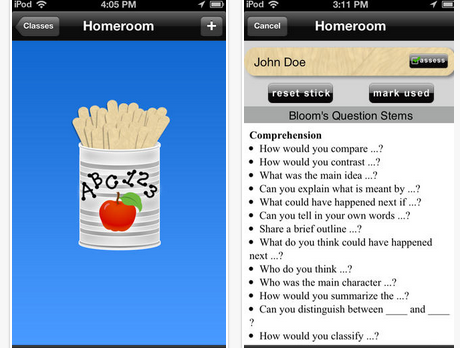
Another take on this view is that we are unconsciously drawn to work things out that didnt work so well in childhood, hoping for a different outcome that allows us to heal our pasts.
Regardless of the theory, research has shown several consistent factors in mate selection.
- We tend to pick people close to our self-assessment of our own attractiveness and desirability
- We value people who are similar to us
- We value physical attractiveness and status
- We value people who live or work close by
- Women tend to have higher standards than men
- Men tend to prefer women of their own age down to five years younger, while women tend to prefer men of their own age up to five years older.
- We especially value the following characteristics in potential mates:
1) Warmth and kindness 2) Sincerity 3) Intellectual openness 4) Dependability 5) Conscientiousness 6) Loyalty 7) Altruism 8) Likeliness of being a good parent 9) Emotional stability 10) Companionability
Of course these are tendencies based on research with large groups and don’t necessarily match any one individuals preferences.
Mate selection can also be influenced by supply and demand. In locations with a significant disparity in number of available mates of ones desired gender, partner selection can become either far more selective or lead people to settle for a less desirable partner than they had hoped.
Individual circumstances, goals and psychology also influence timing and choice of mates. For example, we may feel lonely and desperate, influenced by peer or family pressure to find a mate or in a hurry due to a biological clock.
While biology, economics and psychology all may influence our choices with or without our awareness, in most cultures in the 21st century we have greater choice of mates than during most of history. Thus, many people seeking mates today have the opportunity to choose with awareness, thus increasing the chances of finding a good partner.
One way of doing this is to tally what you do and dont want in your primary partner.
The 10 characteristics listed above that people prefer is a good place to start. Evolutionary psychology researcher David Buss developed a checklist to rank factors in potential partner selection. Others have created “Must have/Can’t stand” or “Soul mate” lists.
Evolutionary psychology researcher David Buss developed a checklist to rank factors in potential partner selection. Others have created “Must have/Can’t stand” or “Soul mate” lists.
You can develop a list of your own using a body of knowledge you likely already possess your experience of past relationships and friendships. To do this, think about significant relationships to date and tally those qualities and traits you have least liked and most appreciated.
I suggest that in addition to thinking about preferences such as age, looks, status and shared interests, you pay special attention to a person’s character, as this does not tend to change over a lifetime.
Here is a sample “Red Flag/Green Light” list based on character traits. You can adapt this in accordance with your unique values:
Possible Red Flag/Green Light Qualities in Partners
- Critical vs. Supportive
- Undependable vs. Reliable
- Self-absorbed vs. Attentive
- Abusive vs.
 Loving
Loving - Intolerant vs. Accepting
- Unfaithful vs. Loyal
- Demanding vs. Tolerant
- Lacking empathy vs. Good listener
- Disrespectful vs. Considerate
- Refuses to take responsibility vs. Self-aware and responsible
- Possessive vs. Respectful
- Controlling vs. Cooperative
- Dishonest vs. Trustworthy
- Uncommunicative vs. Transparent and communicative
- Cold or harsh vs. Warm and kind
- Rigid or closed-minded vs. Open to learning, growth and new experiences
- Unable to laugh or experience joy vs. Playful and creative
In addition, similar styles of communication, sexual compatibility, similar desires regarding parenting, and similar preferences for amount of intimacy and closeness all can strengthen a long-term relationship.
Furthermore, how you feel around a potential mate tells you a lot. If you feel you are walking on eggshells as opposed to feeling you can just be yourself, pay attention.
And needless to say, picking someone who is emotionally available and unencumbered will avoid a lot of heartache when seeking a mate.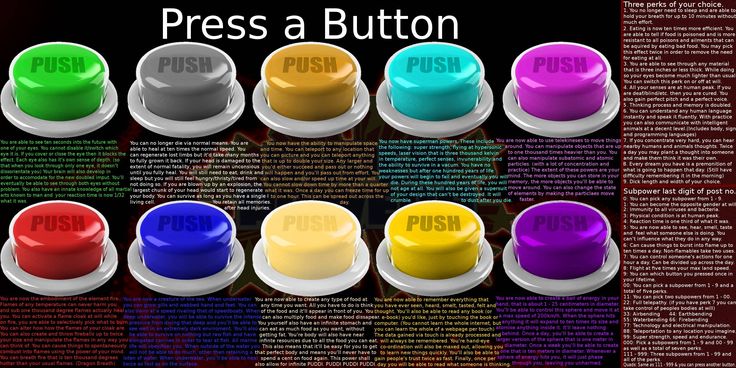
Of course, few people or relationships possess all these qualities so you may wish to prioritize the most important qualities to avoid and seek and keep those front and center in your search.
Copyright Dan Neuharth PhD MFT
How to choose a pair? Qualities that are really important
There are only twelve of these qualities, they do not have a hierarchy, each is equally important.
1. Choose a person as if you were blind
Close your eyes and feel exactly what you think about this person. About his kindness, loyalty, insight, devotion, about his ability to take care of you and of himself, as an independent being. What is more important is what we see and perceive with our inner eye when our eyes are closed. nine0003
2. The Spaniards have a saying: “The unlearnable is the most intolerant.”
For a long-term relationship, it is best to choose someone who is able to be open.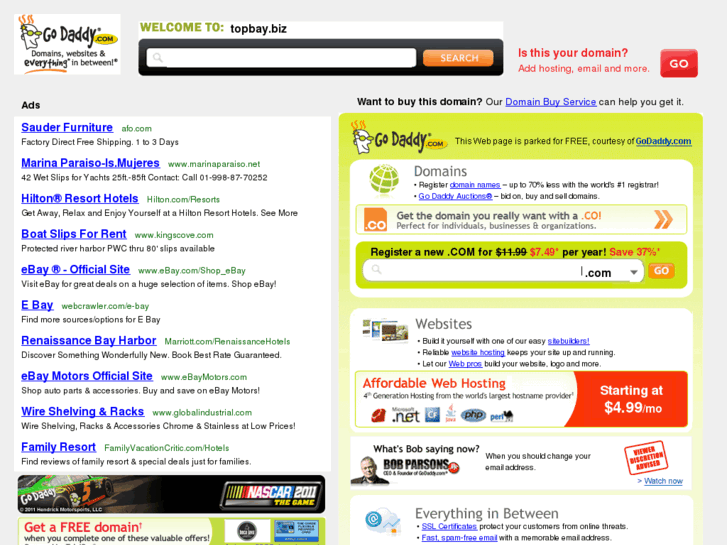 Not always open, of course. But with someone who can open and close, open and close again, gradually learning and developing.
Not always open, of course. But with someone who can open and close, open and close again, gradually learning and developing.
3. Choose someone who wants to be just like you: both strong and sensitive (gentle)
Qualities that are sometimes characteristic of women are strength and fragility. The power that a tree has. It can be hit by strong winds, but because of its flexibility, it will move with the wind. If it doesn't bend, it will break. Sensitivity refers to the ability to be alive and perceive what is happening around. Some people need a little help with this. But more often than not, in the mind or even somewhere in the depths of the soul - people are already like that - awakened and alive, they just have difficulty expressing it. That is why the ability to learn is so important. nine0003
Especially extroverts are very annoyed when their partner withdraws into himself, but you need to understand that this is just a way of expressing pain, and as long as a person is ready to do something and gradually get out of this state in a reasonable time, everything will be fine.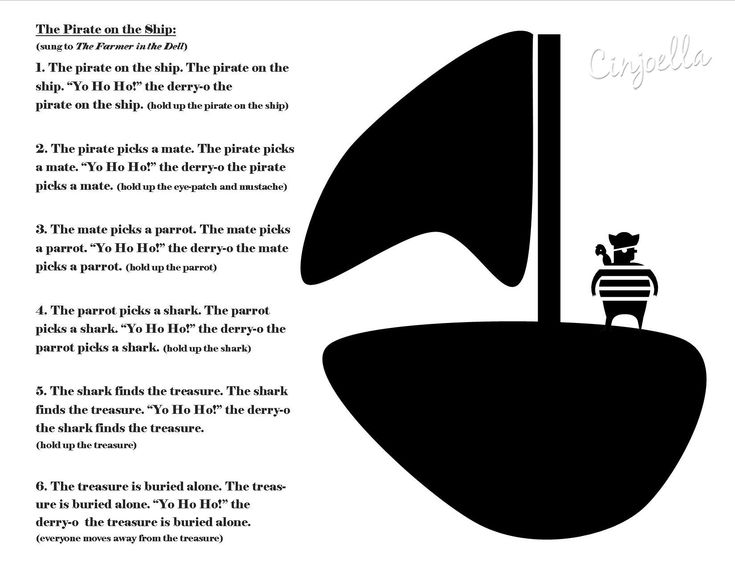
What really should cause concern is the lack of reaction if you have acted unkindly or wrongly towards your partner.
Relationships cannot be without periods when people create tension or even hurt each other. This cannot be avoided, but there should not be blows to the sore spot again and again. nine0003
5. Choose someone who has his own inner life
Whether it's wood carving, herbarium, writing, religion or meditation. Choose those who go their own way and perceive you as a partner and fellow traveler in this journey. These people have the ability to connect with others, but still remain separate, and this is a very important quality.
Relationships have their own cycles and rhythms, and in relationships there is a time when it is necessary to connect with another into one whole, and there is a time when it is necessary to be far from each other, while the connection that exists between you can stretch in time and for any distance, but it should not be completely destroyed.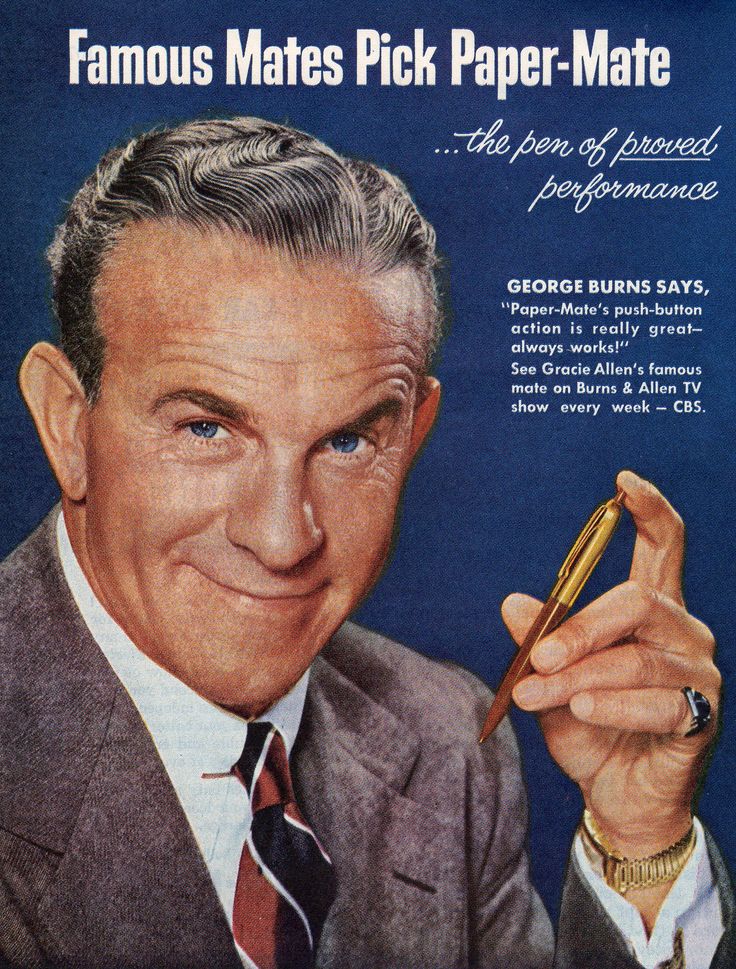 nine0003
nine0003
6. Choose someone who shares your passions
Relationships to create shared memories. It's like a savings account. You do something together, it sticks in your memory and becomes the glue that holds you together. If there are no such pleasant memories, it will be difficult to go through difficult times together.
7. Choose someone who shares your values
In terms of children, number of family members, gender roles, money. It is unlikely that people's views can coincide on all counts. It is advisable to discuss this before entering into a long-term relationship. nine0003
8. Choose someone who is able to empathize
Someone who is willing and able to listen. Someone who is willing to equally spend their time on you. Especially if you are an excitable person, and your partner is not as excitable as you are, then gradually his calm rhythm will be transferred to you, and this will benefit you.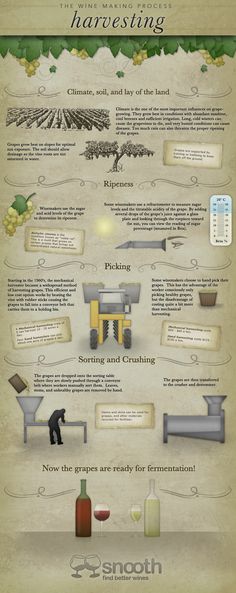
In the same way, and vice versa, a relaxed partner, when interacting with a faster one, will accelerate at some moments, which will lead to general harmony and the establishment of a rhythm between the two. According to the author's observations, this rhythm within the couple levels out after about 9years of marriage.
9. Choose someone who can laugh at yourself
The value is that you can laugh at yourself or at some joke even at the moment of the most heated argument. If, for example, your partner does not really like to joke, pay attention to how much he is able to stop a heated argument at the most difficult moment. You yourself must also have this ability.
10. Ability to turn a blind eye to some shortcomings and characteristics
Minor flaws that once attracted us in a partner will later become the most annoying. Know in advance what you can put up with and what you can't. And don't be tempted to think that what seems annoying to others is actually cute just because HE or She has this habit.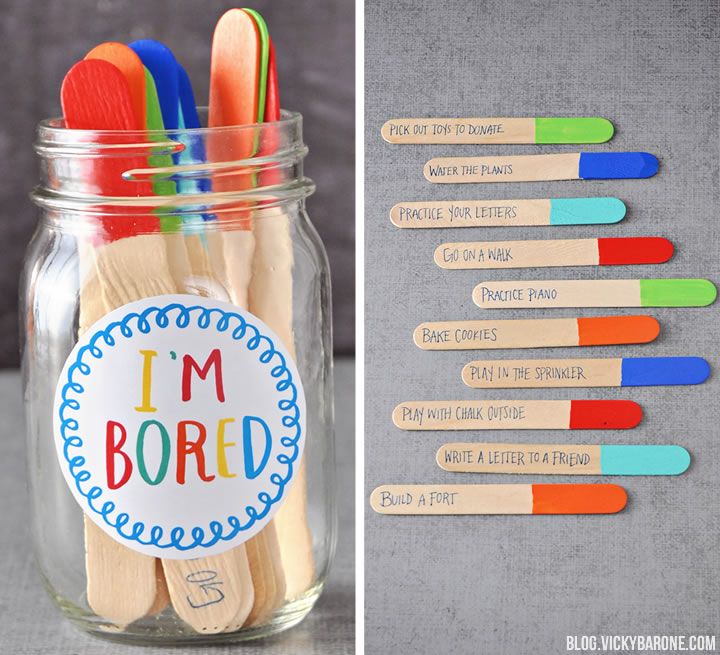
11. You must not only love each other, but also be friends about what he wants to talk about, to do what he wants to do. This does not mean that you must satisfy absolutely all his requirements and needs. Of course they shouldn't. But on a regular basis and to some extent - yes, definitely. nine0003 12. Make sure the person you choose makes your life bigger, not smaller (better, not worse). And that's all you need to know Alena Lyubimova Currency pairs are the instrument that, as a rule, people who study financial markets encounter for the very first time. This happens because we all see exchange rates in exchange stalls from childhood, and it is easier for us to understand this financial asset. However, it is not so simple. nine0003 Quotes of currency pairs play an important role in the world economy. In this article we will talk about currency pairs, and first of all the content of the article will be addressed to novice traders. Read more: What does a currency pair mean? Currency pair is the ratio of the currencies of the two countries, expressed as a quote. What does the decoding of a currency pair look like? For example, the currency pair euro dollar - EURUSD stands for the ratio of the EU currency, EUR, to the US currency, USD. For example, EUR/USD = 1.12, which means that 1 euro is 1.12 times more expensive than the US dollar. In other words, for 1 euro you get 1 dollar and 12 cents. Each currency has its own 3-letter designation. nine0003 Let's say you see a chart of a currency pair, conventionally XXX/YYY. The chart is pointing up. How do you know which currency is going up and which is going down? nine0003 Use the “rule of weights”. For example, the chart above shows the dynamics of the JPYRUB - Japanese yen / Russian ruble currency pair. Imagine a balance. Take the currency from the left side, “put” it on the left side of the scales. Currency from the right side to the right. Imagine that the scales are tilted so that they repeat the dynamics on the graph. Left down - right up. The conclusion is associative - the currency on the left bowl has become “heavier”, which means it has become more expensive. In this example, it is the Japanese yen. Accordingly, the ruble - "facilitated", that is - fell in price. nine0003 Which currency pairs are best to trade? To answer this question, it is important to understand which financial instrument can bring a stable profit to a trader. Which car can the driver drive quickly and safely? In a car he knows well. He knows all control devices, knows the dimensions, knows the optimal speed mode for this machine, etc. By car, in which the driver has traveled more than once and has practice. The same with the currency pair. Only that currency pair will be able to bring you a profit that you know well. If you, as a trader, have this information on a currency pair, then this pair will be the best for you. Each financial instrument has its own “character”. Watching the chart of one particular pair for a long time, you can “feel” it, as it were, remember those patterns that are formed most often. From this we can make an important recommendation: One novice trader - one currency pair - one system. You must select a currency pair that you know well or are willing to learn. When she is most active. When traders of countries whose currencies are included in the currency pair trade. Therefore, it is important to immediately select a currency pair that will be active during your active hours. If you are already doing well with one currency pair, and you trade steadily and have the strength and time to master a new currency pair, then you can add one more tool to your trader's arsenal. But do not overload yourself with information, monitors, currency pairs and systems. A trader must think calmly, make decisions quickly. nine0003 Currency pairs can be divided into several categories: Major, main currency pairs - are currency pairs of developed countries with the US dollar. The euro-dollar currency pair is the most popular among traders. Cross-currency pairs are currency pairs of developed countries that determine the relationship between currencies, without the US dollar. Examples of cross-rate currency pairs: EURGBP, EURAUD, GBPCHF, EURJPY, AUDNZD, AUDCAD, GBPAUD. There are many more such currency pairs. Trading currency pairs of cross rates is popular with more experienced traders. For example, you analyzed macroeconomic data and the actions of the central banks of the EU and Japan, and realized that the yen should strengthen and the euro should weaken. Then, based on the findings, you open a short on EURJPY. nine0003 Exotic currency pairs are the currency pairs of developing countries in relation to the US dollar and other currencies of developed countries. Exotic pairs are the lot of experienced and very experienced traders, as sharp price fluctuations, high trading commissions, low liquidity are possible. But on the other hand, strong movements are also possible, especially when news is released, which can bring significant profits. nine0003 On the regulated Chicago Futures Exchange (CME), currency futures are traded, which, in terms of their movement dynamics, absolutely coincide with currency pairs on the Forex market. Only the quotation can differ only slightly, the nature of the movement is the same. This makes it possible to analyze real data on volumes that are not available on the Forex market, and thus improve the forecasts of the dynamics of the movement of currency pairs. Letters denoting months: F - January; G - February; H - March; J - April; K - May; M - June; N - July; Q - August; U - September; V - October; X - November; Z - December. Numbers indicating years, example: 0 - 2020; 1 - 2021; 2 - 2021, etc. For example, futures 6EZ0 means - futures contract for EUR / USD contract with expiration in December 2020. How to make a forecast for the euro dollar or other currency pairs? nine0003 Usually, when building forecasts for currency pairs, fundamental factors are taken into account. In principle, the fundamental analysis of currency pairs is a topic that is suitable for many years of study in a higher educational institution and subsequent practice for several years as well. Only then can a trader come close to understanding how to make predictions. The reason is that there are a huge number of factors influencing the movement of the euro dollar currency pair, because we are talking about the two largest economies in the world. And any detail in these huge complex mechanisms in one way or another affects the current quote. Let's just note briefly that in order to make a forecast on fundamental data, the highest qualification is required. If a trader compares unemployment rates in the US and Europe, as well as GDP ratios, and makes his forecast based only on these data, such a forecast is extremely far from taking into account other important factors, and therefore has little value. Therefore, it is more rational for novice traders to study: These directions allow you to make faster progress. Of course, you need to start with the chart of the currency pair. Next, you need to get acquainted with the footprint theory, which explores the relationship between trading volumes and price movements. Volume analysis is well applicable not only to classical instruments, but also to exotic currency pairs, such as the ruble / US dollar. How to analyze a currency pair? Let's use the example of the Si futures chart, the dollar-rouble currency pair. Consider a simple strategy based on the Market Profiles indicator. This simple approach will take no more than 5 minutes a day, but will already shift your chances of profiting in a positive direction.
Be happy! Currency pairs: how to choose and trade

Definition of a currency pair
 The EURUSD currency pair determines the value of the euro denominated in US dollars.
The EURUSD currency pair determines the value of the euro denominated in US dollars.
How to understand the chart of currency pairs?
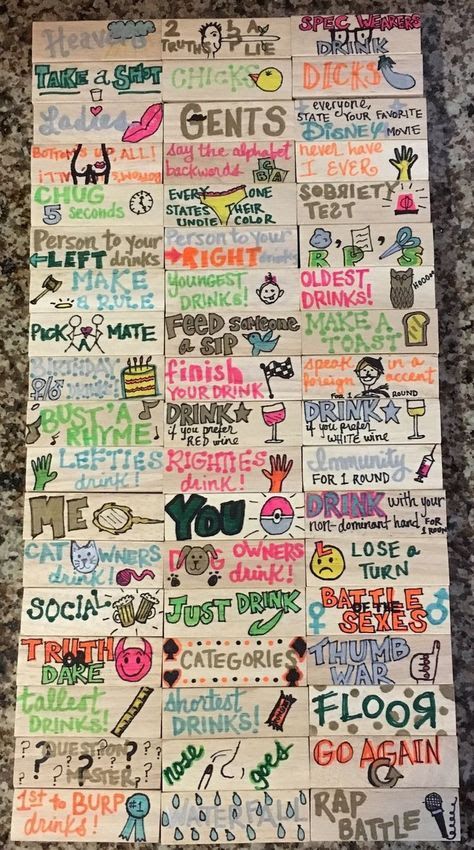 The chart shows an upward swing. What does it mean?
The chart shows an upward swing. What does it mean? Best currency pairs to trade
 nine0003
nine0003
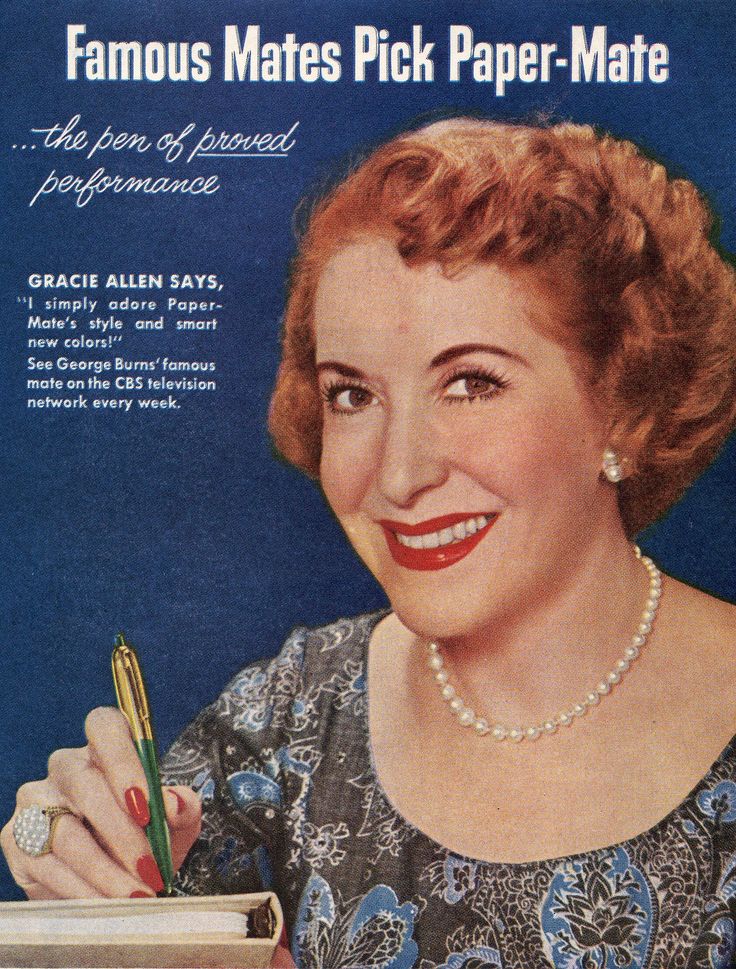 nine0003
nine0003 When to trade a currency pair?
Types of currency pairs
 These are the following currency pairs: EURUSD - Euro/US Dollar, GBPUSD - Pound/US Dollar, USDСHF - Franc/US Dollar, USDCAD - US Dollar/Canadian Dollar, USDJPY - US Dollar/Yen, AUDUSD - Australian Dollar/US Dollar, NZDUSD – New Zealand dollar/US dollar. nine0003
These are the following currency pairs: EURUSD - Euro/US Dollar, GBPUSD - Pound/US Dollar, USDСHF - Franc/US Dollar, USDCAD - US Dollar/Canadian Dollar, USDJPY - US Dollar/Yen, AUDUSD - Australian Dollar/US Dollar, NZDUSD – New Zealand dollar/US dollar. nine0003 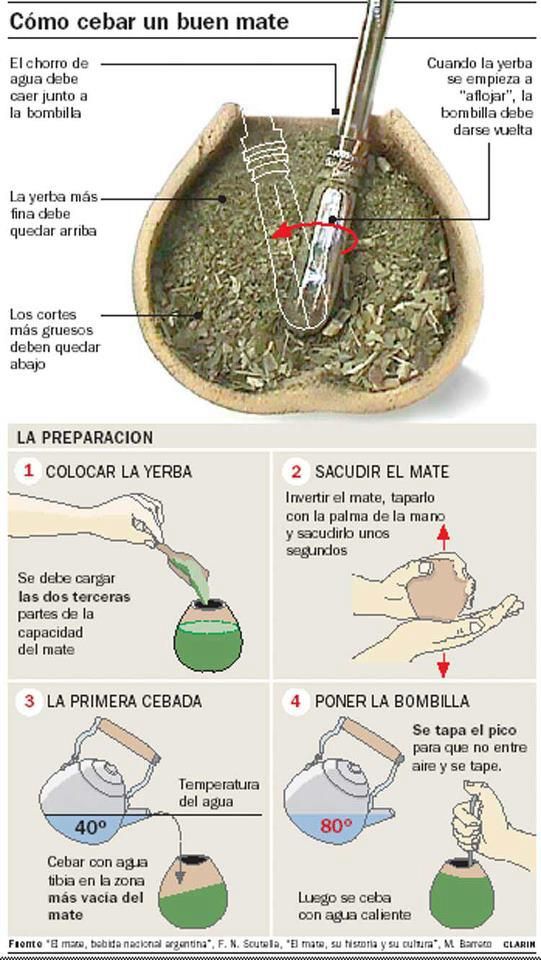 Examples of exotic currency pairs: USDMXN, GBPSEK, USDZAR, USDRUB, USDHUF, USDTRY, etc.
Examples of exotic currency pairs: USDMXN, GBPSEK, USDZAR, USDRUB, USDHUF, USDTRY, etc. Analogues of currency pairs on the futures market

How to make a forecast for a currency pair?
 It takes so much time to study the operation of this mechanism, and, of course, we cannot describe it all within the framework of one article. nine0003
It takes so much time to study the operation of this mechanism, and, of course, we cannot describe it all within the framework of one article. nine0003
How to profitably trade the selected currency pair?
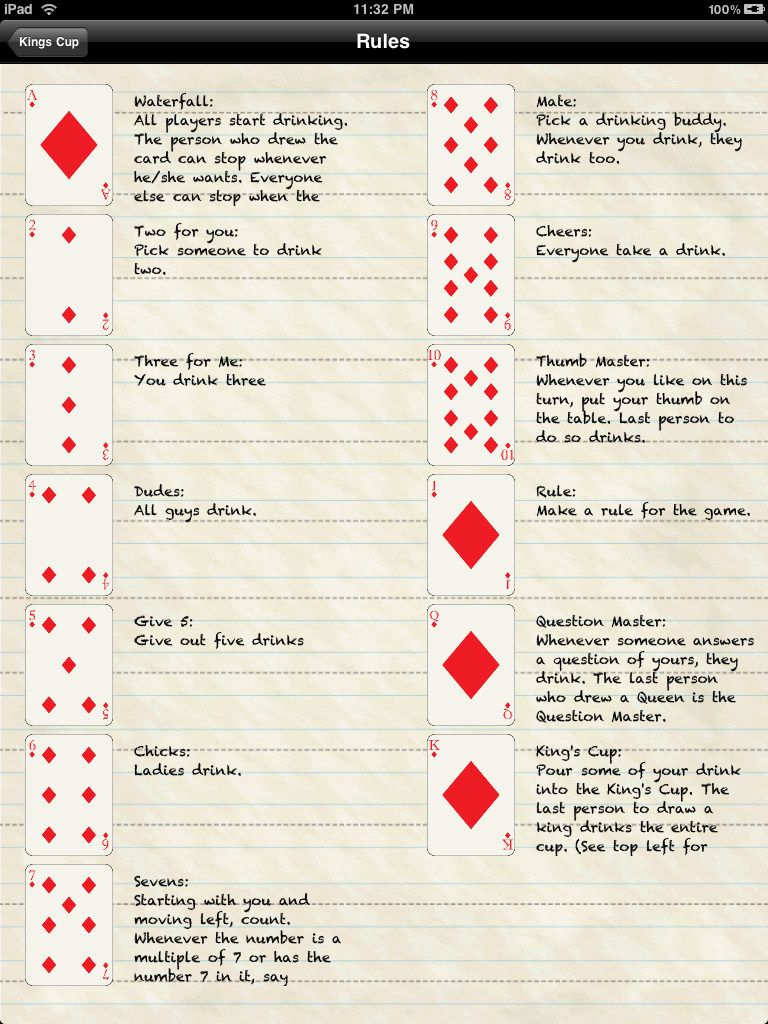 It is advisable to study the chart of a currency pair every day so that your eyes and brain remember the dynamics and nature of the movement of a currency pair. Over time, as you gain experience, it will become easier for you to analyze and predict a currency pair. nine0003
It is advisable to study the chart of a currency pair every day so that your eyes and brain remember the dynamics and nature of the movement of a currency pair. Over time, as you gain experience, it will become easier for you to analyze and predict a currency pair. nine0003
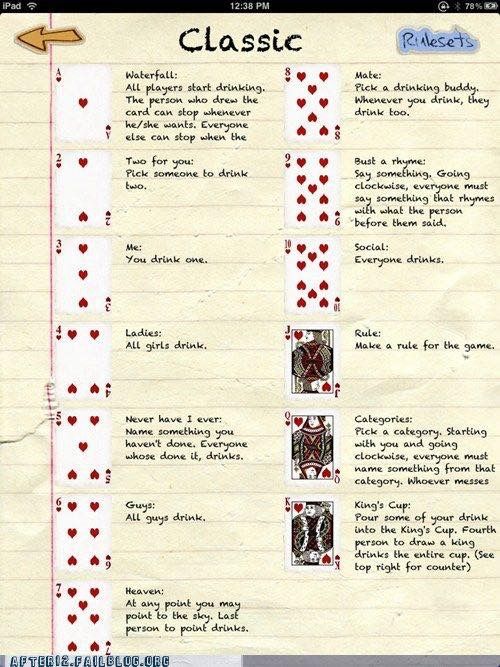 Let's analyze the eur usd currency pair, an example chart:
Let's analyze the eur usd currency pair, an example chart:
Summary
 Choosing a currency pair, a trading instrument is like choosing your favorite car. You should like it and fit. So with the currency pair, you will spend a lot of time analyzing the chart of your working instrument. Over time, you must learn to feel and understand, analyze and predict your currency pair. It should suit you according to the time of activity and temperament. If you are a calmer person, then choose less volatile instruments. If you are more risk averse, then more volatile instruments with a busy news release schedule will suit you. nine0147
Choosing a currency pair, a trading instrument is like choosing your favorite car. You should like it and fit. So with the currency pair, you will spend a lot of time analyzing the chart of your working instrument. Over time, you must learn to feel and understand, analyze and predict your currency pair. It should suit you according to the time of activity and temperament. If you are a calmer person, then choose less volatile instruments. If you are more risk averse, then more volatile instruments with a busy news release schedule will suit you. nine0147 